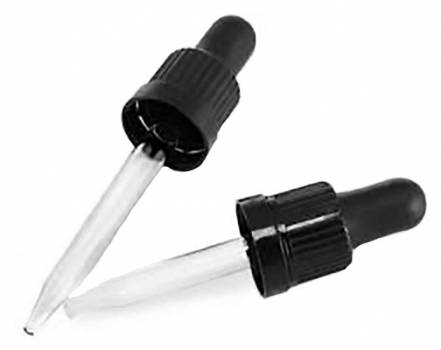Welcome Sign in
Product successfully added to your shopping cart
There are 0 items in your cart. There is 1 item in your cart.
Tangerine - Citrus reticulata
Tangerine is safe when mixed with a carrier oil for use on the skin. Great for use in pregnancy for stretch marks and also for acne, congested and oily skin.
New
Data sheet
| County of Origin | USA |
| Therapeutic Properties | Antispasmodic, digestive, lymphatic, sedative, antibacterial, antifungal |
| Botanical Family | Rutaceae |
| Chemical Family | Monoterpene |
| Approx. Shelf Life | 3 years - under right conditions |
| Plant Parts | Peel |
| Note Classification | Top |
| Method of Extraction | Cold Pressed |
| Blends well with | Bergamot, Rosemary, Patchouli, Bergamot, Chamomile, Clary sage, Olibanum, Geranium, Grapefruit, Lavender, Lemon, Lime, Neroli, Orange, Rose |
More info
History: Originally used to describe fruit coming from Tangier, Morocco, from where the first shipment of tangerines were allegedly sent to mainland Europe in the mid 1840's. It was called tangerine orange. Tangerine and mandarins have similar properties, so much that tangerine is used in English speaking countries and mandarin everywhere else.
Characteristics: Orange colored, fresh sweet odor, similar in smell to bitter orange and Valencia orange rather than mandarin.
Clinical Studies: Studies have shown highest antibacterial activity against Escherichia coli, was bioactive against a range of bacteria and antifungal activity against some common foodborne and phytopathogenic fungi.
Indications: Digestive - calming the intestines and relieving flatulence. Nervous system - Soothing and sedating, alleviates insomnia, nervousness, emotional shock and grief. Pregnancy - stretch marks. Skin Care - for acne, congested and oily skin.
Subtle Aromatherapy:
Mode of Administration: Bath, diffusor, disinfectant, inhaler, massage, mist spray, and steam inhalation.
Safety: Tangerine essential oil has a GRAS status. Overall it is a safe and non-toxic, non-irritating and non-sensitizing oil however old or oxidized oils should not be used as skin sensitization can occur.






